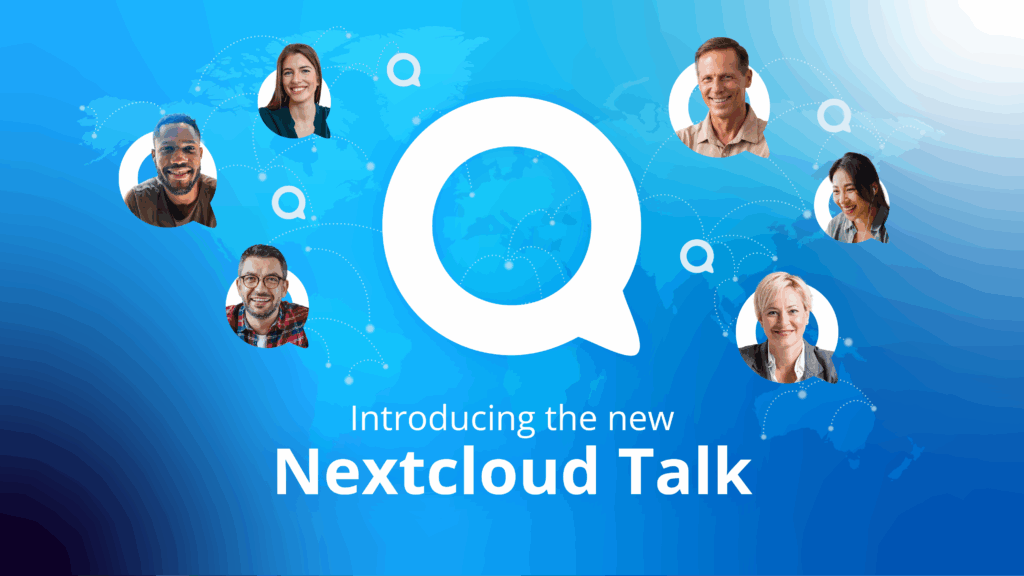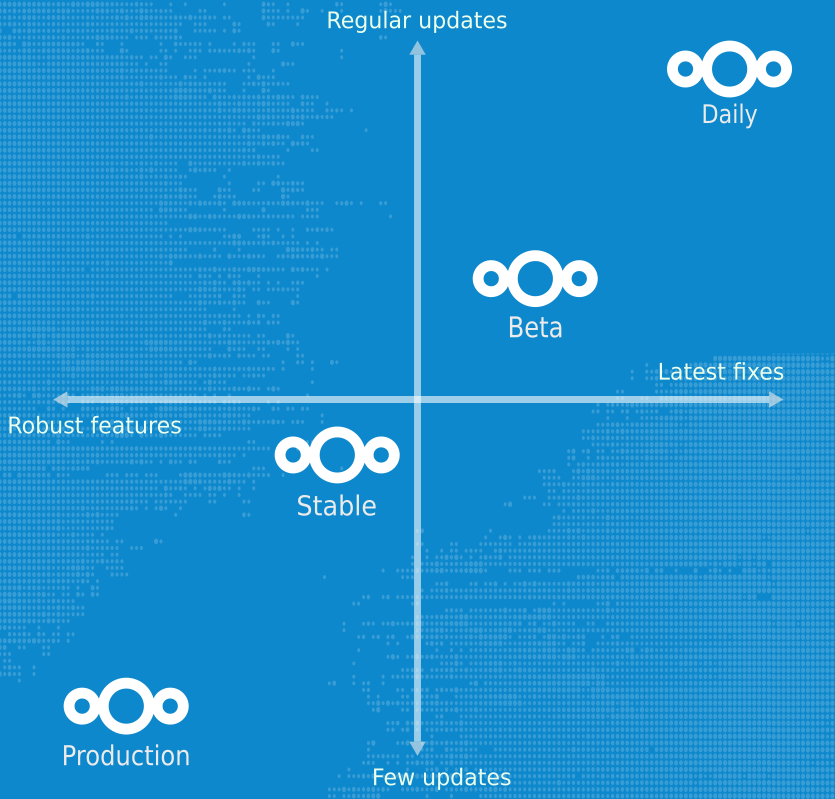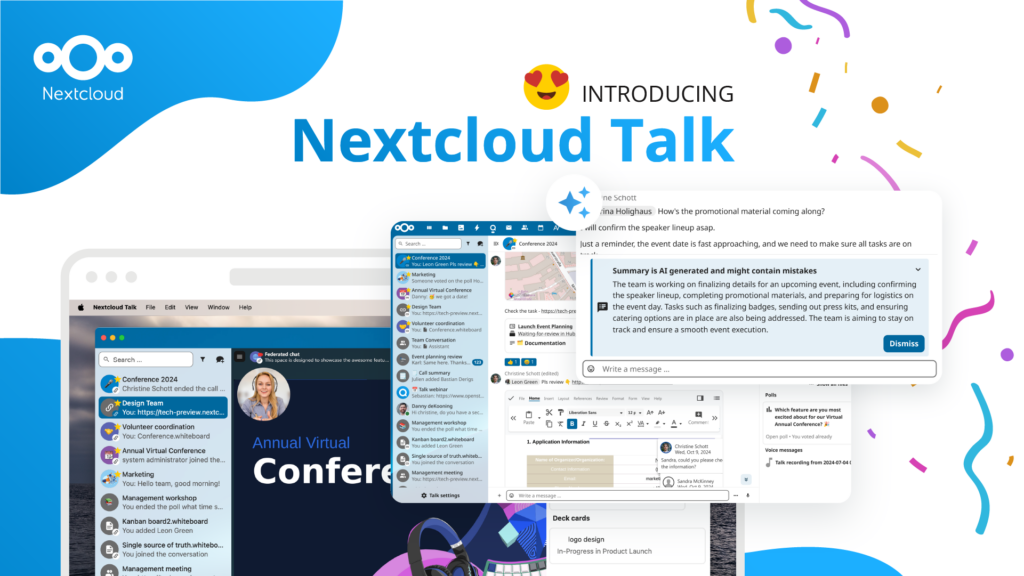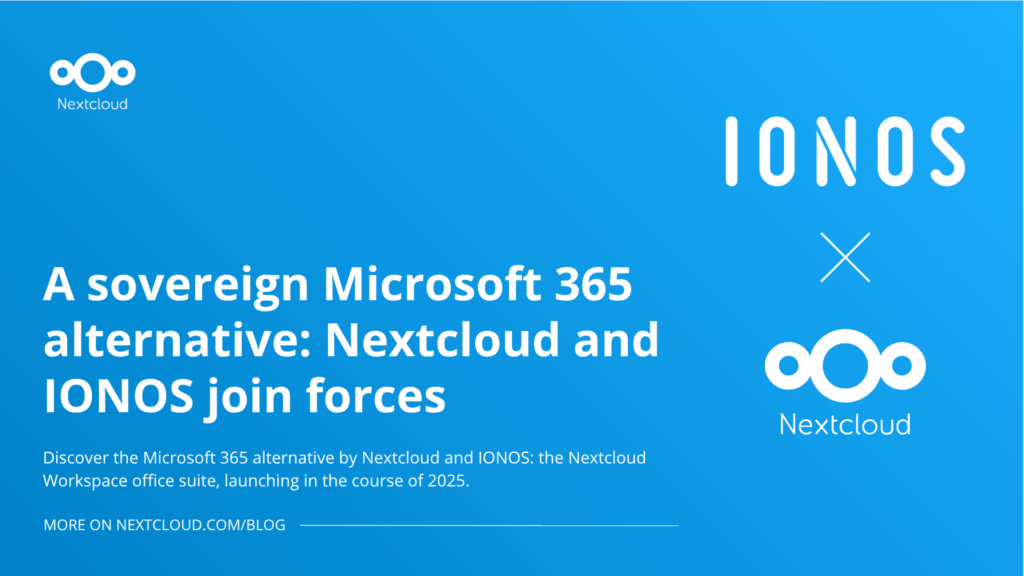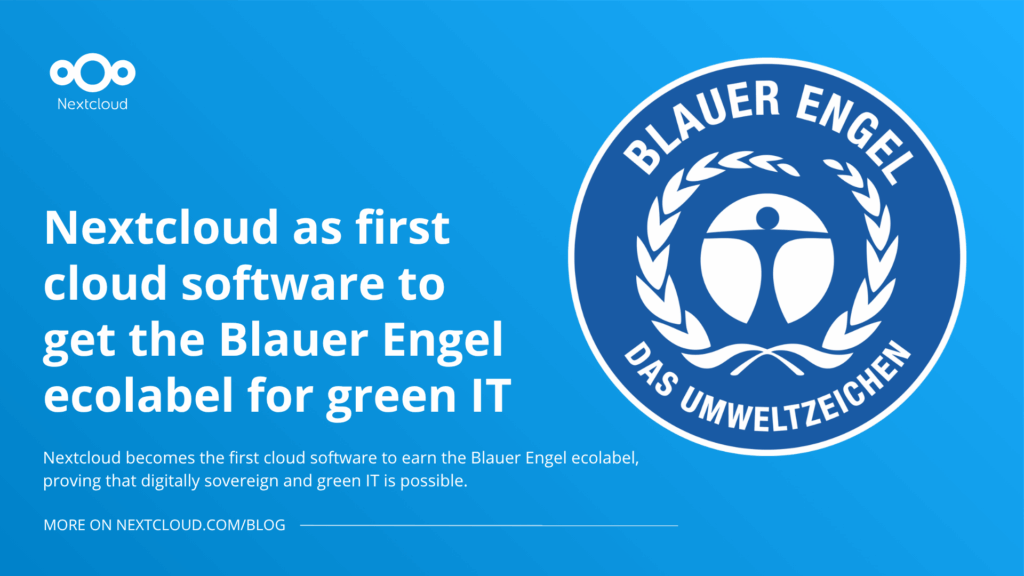How to pick the right Nextcloud releases channel?
Nextcloud covers a wide range of usages, but everybody is different and has different needs. While enterprises prefer to use very stable versions, techies at home like to try our brand new capabilities, and community members are willing to help test the last beta version. For this reason, we provide release channels, allowing you to choose your own pace of updates. However, there are a lot of different releases channels of Nextcloud and Nextcloud apps, and it can be difficult to know how to pick the right one for your usage. Here is some guidance to help you make the right choice!
First of all, you must think about some questions:
- what do your users expect from your Nextcloud instance?
- do you have technical skills?
- how reliable must your instance be?
Choosing the right channel
As an administrator, you can choose a channel of your preference in the Administrator settings in your Nextcloud instance if you have installed Nextcloud from an archive. Pick the channel that fits your needs best:
- Your instance is business critical, you need your Nextcloud to be extremely stable, with as few issues as possible, you have no technical skills or no time to experiment or report bugs.
- You should choose the production channel. You will not enjoy the latest features or the best performance, but you will get a smooth and stable experience.
- You look for the best compromise between minimal risk and best performance and don’t want to worry too much about your Nextcloud instance.
- Stable channel is for you! It is used by the wide majority of Nextcloud users.
- You want the latest features and you are willing to report bugs to improve everyone’s experience. First of all, thank you! Having beta-testers helps us a lot. If you want to make sure the latest versions will work on your infrastructure, consider grabbing it and do some testing too!
- The Beta channel best fits your needs. It provides a short-term-stable version to report bugs against. If you find an issue, report it on Github!
- You want to closely follow Nextcloud development, experiment the latest features, or check a bugfix on your installation.
- Enjoy the Daily Builds channel and experiment the cutting edge Nextcloud releases! Also, get used to opening issues on Github!
- Note that you can’t go back to the stable version after that. You can choose the Stable channel, but you will have to wait for the next stable release.
How to upgrade from one Nextcloud version to another?
First of all, keep in mind that all Nextcloud versions will reach their end of life at one point or another. This is why we encourage you to upgrade regularly! You will enjoy our latest security, scalability and features enhancements. So, what should you do if you are still running Nextcloud 9 or 10 and want to upgrade to Nextcloud 12?
The safest way to upgrade your instance and to ensure the integrity of your data is to go from your current version to the last minor release of this version. For instance, if you need to migrate from Nextcloud 10, you should upgrade to the latest Nextcloud 10 release (10.0.4 in this case), then upgrade to the latest Nextcloud 11 release (11.0.3), and then upgrade to Nextcloud 12. You can let the updater handle this for you, though!

